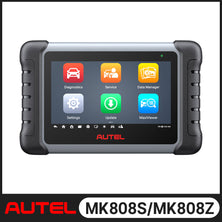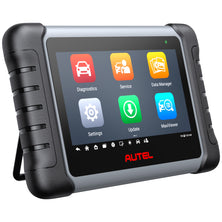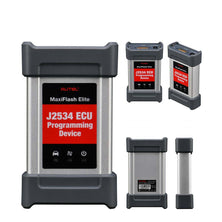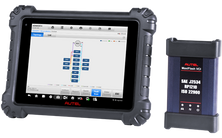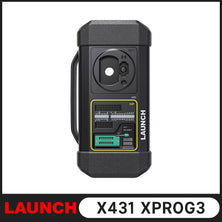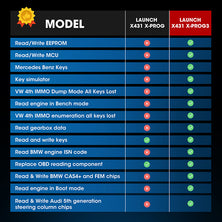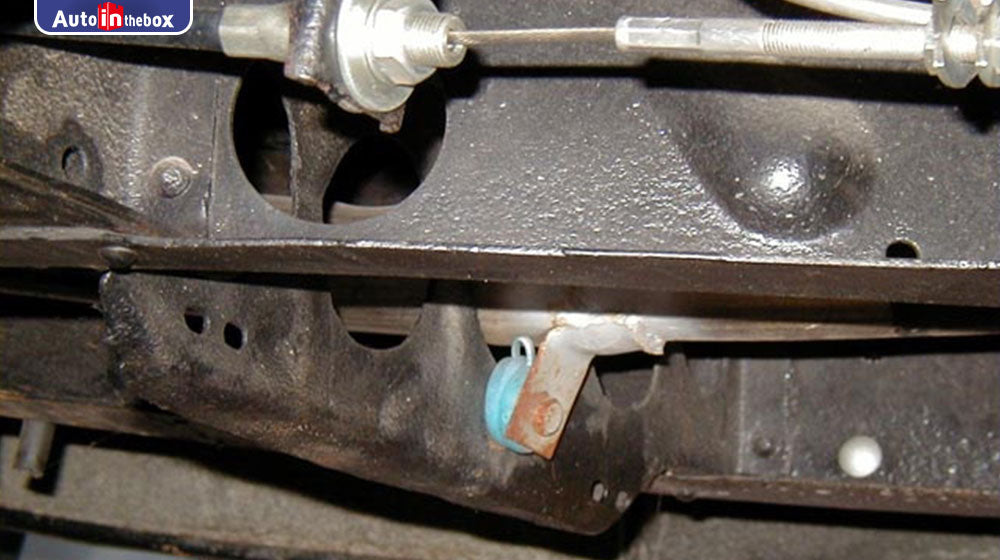
How to free a frozen parking brake
A frozen parking brake (also called a hand brake or emergency brake) is going to cause a delay, but it can be "thawed" easily. Unlike the "regular" (hydraulic) brake system on most vehicles, the parking brake is a purely mechanical system. It is operated by springs and cables inside a sheath. Water can become trapped in the sheath and freeze solid if it is cold enough. This ice prevents the cable from sliding inside the sheath as designed.
Another possibility is that a cable may be jammed by dried dirt and mud inside the cable—see the Tips section below.
1. Start the vehicle.
2. Release and set the brake repeatedly in an attempt to help dislodge any ice from the brake system.
3. Block as much of the open space between the ground and sides of the vehicle if the brake is still frozen. Shovel snow or arrange other material along the sides of the vehicle. Doing this will create a path for air flow from front to rear of the vehicle, minimizing "losses" from under the vehicle's sides. The objective is to get the heat created by the engine and circulated to the radiator at the front of the vehicle, to the rear of the vehicle where most of the parking brake components are located (adjust for locations that differ from those offered in this article). Creating a "channel" under the vehicle by piling snow, etc. in the space under the sides of the vehicle accomplishes just that.
4. Allow the vehicle to "warm up". Wait outside the vehicle while it is running. Once the engine has warmed, the heated air pulled through the radiator by the fan and heat created by the exhaust system will pass under the length of the vehicle. The more effort used to "seal" the open spaces under the sides of the vehicle, ensures that the warm air passes under its entire length and allows the thaw process to complete in the least amount of time.
5. Attempt to release the brake again. If still frozen, allow more time for the heat created by the vehicle to continue thawing and/or block open spaces at the front and rear of the vehicle, too (this is particularly helpful if it is gusty or windy). Pushing down the accelerator slightly will increase heat, and speed up the engine's mechanical fan; which will force more warm air under the vehicle. (Note that many newer cars, especially those that are front wheel drive, will not have a mechanical fan. The electric fans in these vehicles are not affected by engine speed and will only turn on once the coolant has reached a pre-determined temperature.)
Another possibility is that a cable may be jammed by dried dirt and mud inside the cable—see the Tips section below.
1. Start the vehicle.
2. Release and set the brake repeatedly in an attempt to help dislodge any ice from the brake system.
3. Block as much of the open space between the ground and sides of the vehicle if the brake is still frozen. Shovel snow or arrange other material along the sides of the vehicle. Doing this will create a path for air flow from front to rear of the vehicle, minimizing "losses" from under the vehicle's sides. The objective is to get the heat created by the engine and circulated to the radiator at the front of the vehicle, to the rear of the vehicle where most of the parking brake components are located (adjust for locations that differ from those offered in this article). Creating a "channel" under the vehicle by piling snow, etc. in the space under the sides of the vehicle accomplishes just that.
4. Allow the vehicle to "warm up". Wait outside the vehicle while it is running. Once the engine has warmed, the heated air pulled through the radiator by the fan and heat created by the exhaust system will pass under the length of the vehicle. The more effort used to "seal" the open spaces under the sides of the vehicle, ensures that the warm air passes under its entire length and allows the thaw process to complete in the least amount of time.
5. Attempt to release the brake again. If still frozen, allow more time for the heat created by the vehicle to continue thawing and/or block open spaces at the front and rear of the vehicle, too (this is particularly helpful if it is gusty or windy). Pushing down the accelerator slightly will increase heat, and speed up the engine's mechanical fan; which will force more warm air under the vehicle. (Note that many newer cars, especially those that are front wheel drive, will not have a mechanical fan. The electric fans in these vehicles are not affected by engine speed and will only turn on once the coolant has reached a pre-determined temperature.)
Older Post
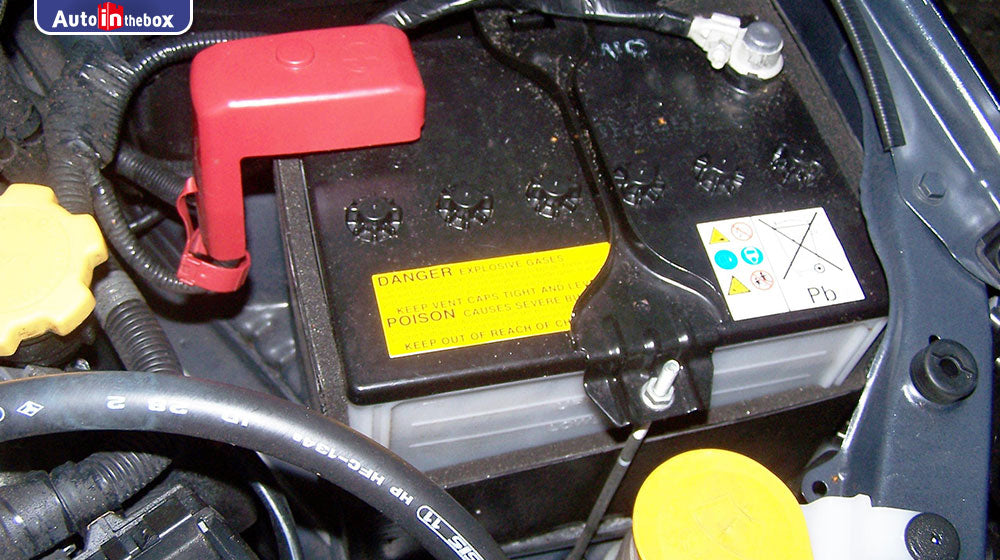 Newer Post
Newer Post
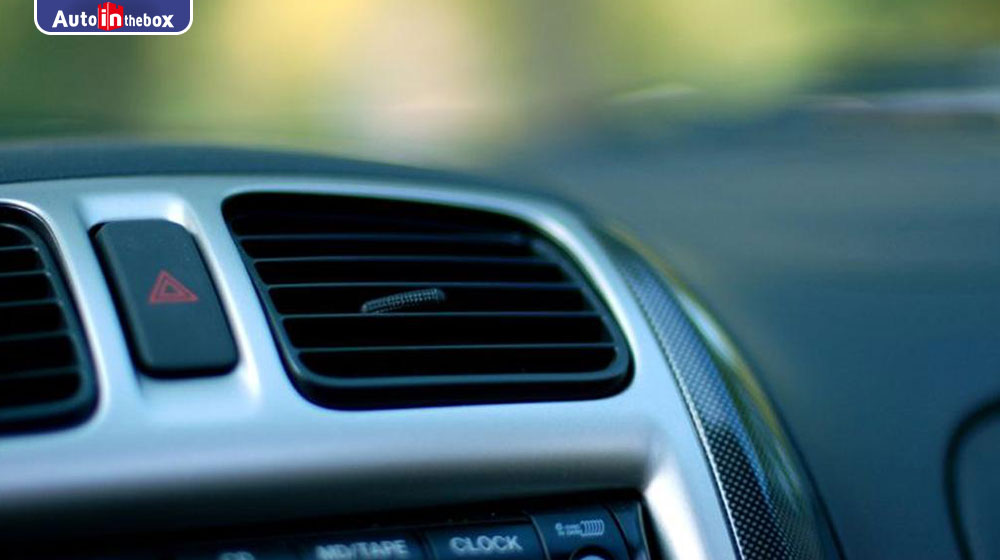
What's Wrong With My Car: 5 Signs Your Battery Is the Culprit

What do the air-conditioning noises try to inform us of?



